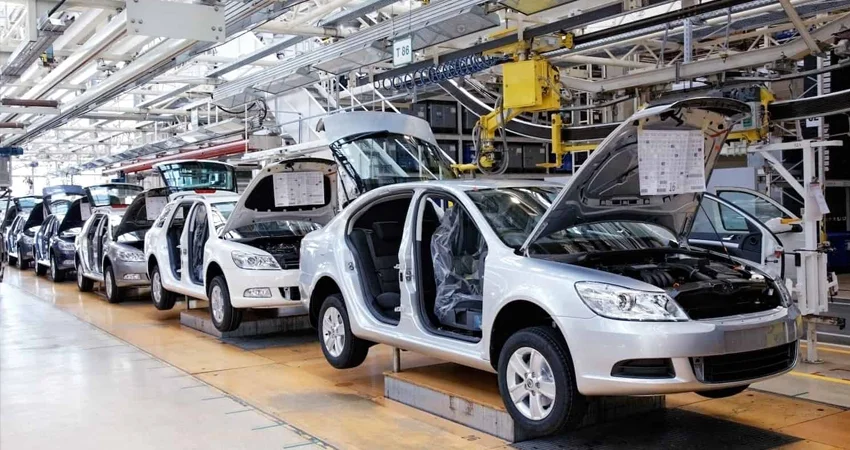- SERVICE@EYEWEB.COM
- 888.449.9540
- #1 Online Safety Eyewear Program
Automotive
- Home
- Automotive
Automotive
The automotive industry is a dynamic and fast-paced environment that involves a wide range of tasks, from manufacturing and assembly to repairs and maintenance. These tasks often expose workers to various risks, making eye protection a vital part of ensuring worker safety. Below are the primary hazards in the automotive industry that require the use of proper eye protection:
- Flying Debris and Particles: In automotive manufacturing, assembly, and repair, workers frequently encounter flying debris, metal shavings, and dust from grinding, cutting, and welding operations. These particles can cause severe eye injuries such as scratches, abrasions, or more serious damage if they come into direct contact with the eyes. Wearing protective eyewear can prevent these injuries and keep workers safe.
- Chemical Exposure: Automotive work often involves exposure to chemicals like oils, solvents, lubricants, and cleaning agents. These substances can splash into the eyes and cause irritation, burns, or long-term damage. Proper safety glasses or goggles that offer a secure fit and chemical resistance are essential for protecting the eyes during such tasks.
- Welding and UV Radiation: Welding, soldering, and other high-heat tasks common in automotive work release intense UV radiation, which can cause painful eye conditions such as flash burns or permanent damage to the cornea. Using welding goggles or face shields with UV protection is crucial to safeguarding workers’ eyes from these harmful rays.
- Impact and Blunt Force Hazards: Working with heavy machinery, lifting parts, or repairing vehicles exposes workers to impact hazards. Tools and equipment may drop or shift, posing a risk of blunt force injury to the eyes. Safety glasses with impact resistance, especially those rated for industrial use, are necessary to protect workers from these potential accidents.
- Dust and Fumes: The automotive repair environment often includes exposure to dust and fumes from sanding, grinding, or working on older vehicles. These can cause eye irritation or exacerbate conditions like dry eye. Wearing dust-resistant eyewear helps prevent particles from entering the eyes and causing damage.
- Lighting and Glare: Working under harsh artificial lighting or bright headlights during nighttime repairs can lead to eye strain and discomfort. Glare can reduce visibility and impair a worker’s ability to perform tasks efficiently. Anti-glare eyewear and proper lighting setups can reduce these risks and improve safety during work.
- Ergonomic Strain:: In automotive settings, workers often perform repetitive tasks such as inspecting parts, diagnosing problems, or assembling components. These tasks can lead to eye fatigue, discomfort, and strain. Providing ergonomic workstations and promoting regular breaks can help mitigate eye strain and reduce the risk of long-term vision issues.

Advanced technology like Automated Roster Management Systems can aid in safety compliance by managing personnel schedules and ensuring proper PPE use. Furthermore, integrating HIPAA-compliant and SOC-2-certified systems ensures that employee data is secure and meets industry requirements. Virtual try-ons use augmented reality technology to speed up and simplify the choice of eyewear. Departmental billing and payment card solutions ensure that your financial procedures are effective and aligned with company objectives

